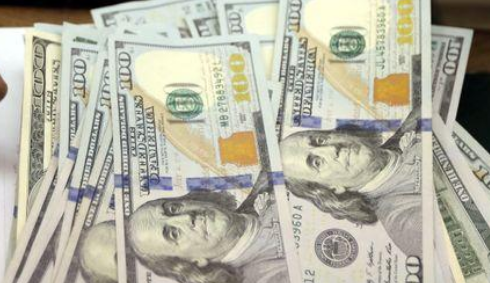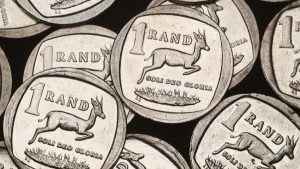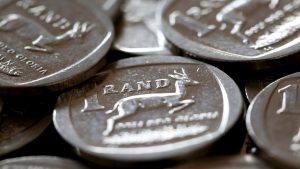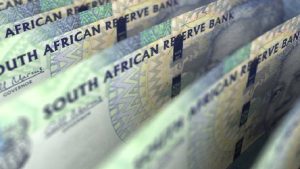The dollar soared across the board on Wednesday, hitting multi-year highs against several major currencies, as companies and investors worried by the coronavirus outbreak rushed to the perceived safety of the US currency.
The dollar index, which measures the greenback’s strength against a basket of six other major currencies, rose about 1.69% to 101.08, its highest since April 2017.
The index was on pace for its largest one-day jump since June 24, 2016.
A slew of currencies hit multi-year lows against the dollar, including the British pound, the Australian dollar and the New Zealand dollar.
Signs of stress were everywhere as global central banks resumed efforts to keep money markets functioning normally.
“In a similar vein to consumers emptying the shelves at grocery stores, investors and companies are treating the greenback the same way, gobbling it up given its highly liquid status,” said Joe Manimbo, senior market analyst, at Western Union Business Solutions in Washington.
The dollar has soared against its peers in recent days despite two emergency interest rate cuts by the US Federal Reserve this month that have brought US rates down to zero.
The dollar index is up more than 6% over the last seven trading sessions.
The European Central Bank, the Bank of England and the Swiss National Bank all held dollar liquidity sales on Wednesday, as part of the biggest coordinated funding injection by central banks since the 2007-09 financial crisis.
The high demand in these auctions settled some nerves in money markets but some analysts said that given the widespread nature of the dollar shortage, the Fed’s swap lines with the major central banks may not be enough.
“Although aggressive measures by the central banks to ensure liquidity and the restoration of lines such as the Fed’s commercial paper funding facility are all aimed at stemming the panic, it is likely that the USD will remain strong until there are signs that the coronavirus crisis has been contained,” Jane Foley, senior FX strategist at Rabobank, said in a note.
The Fed said on Tuesday it would reinstate a funding facility used during the 2008 financial crisis to get credit directly to businesses and households.
Markets have crumbled this month as investors liquidated nearly everything for cash, driving up the dollar’s value and the cost of borrowing the greenback abroad.
Export-exposed currencies fared particularly badly versus the greenback.
The Australian dollar sank to a fresh 17-year low of $0.5702 on Wednesday, while the New Zealand dollar hit a near 11-year low of $0.5697 cents.
Sterling fell 3.73% to $1.16, its lowest since the pound’s so-called ‘flash crash’ in October 2016.
Even other perceived safe-haven currencies struggled against the greenback, with the Japanese yen down 0.4% and the Swiss franc down about 0.8%.
The Canadian dollar weakened to a four-year low against the greenback on Wednesday as oil prices tumbled.






